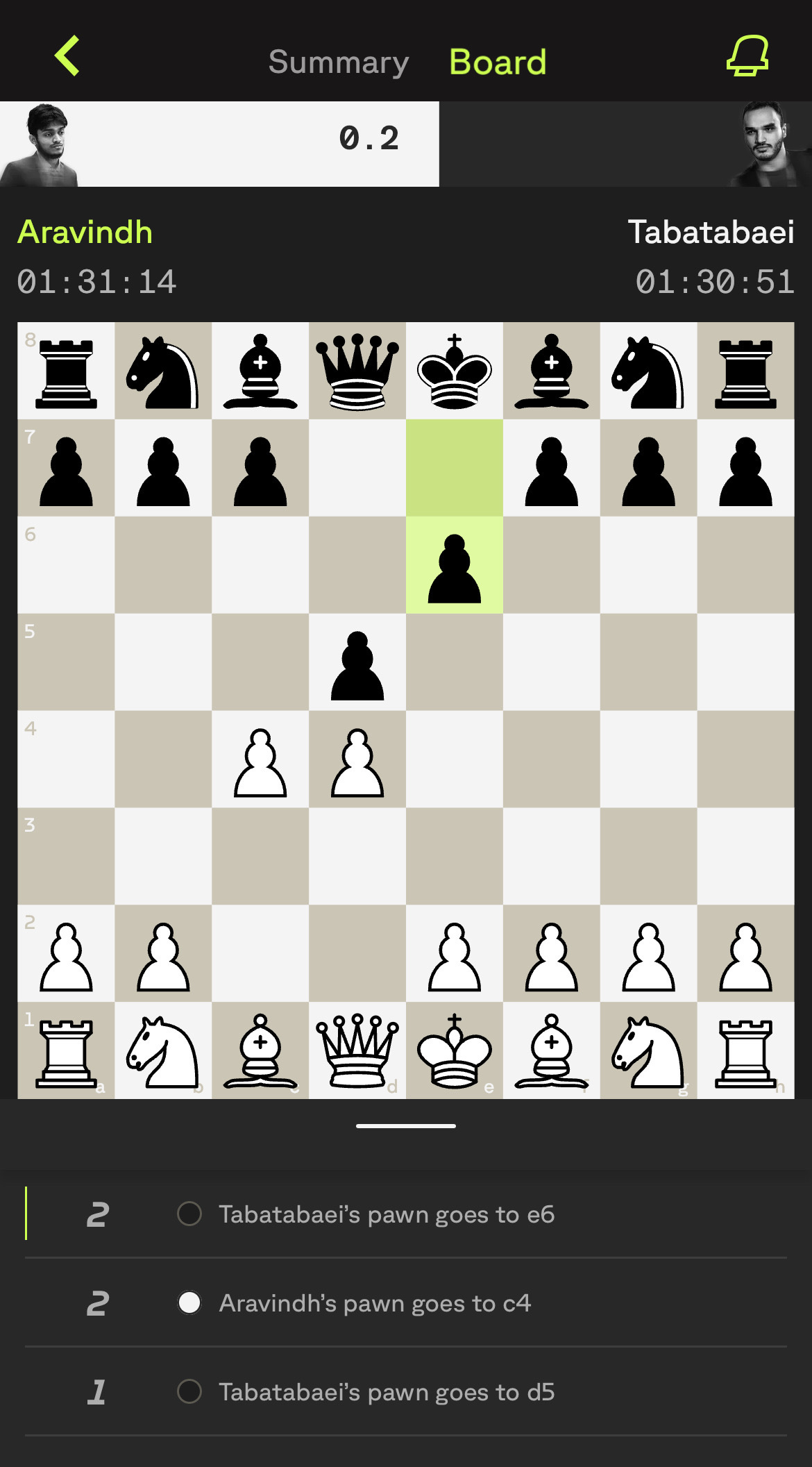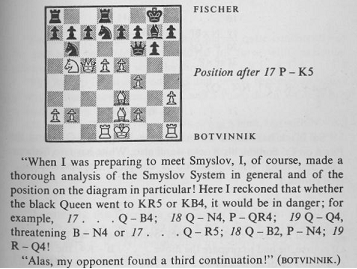A Defence For Algebraic Notation
Why we should not invent a new form of notation
Recently Magnus Carlsen introduced his new business venture and his idea for revolutionizing chess. The Take Take Take app is, as I see it, a place to follow chess, and maybe down the line it will combine chess with Magnus Carlsen’s other interests of fantasy sports and gambling (?). Since we lost Chess24 we have been missing the hub from where we can follow live tournaments effortlessly, so this new app is maybe the solution we have been missing.
Nonetheless, the Take Take Take app has introduced a new form of chess notation to the world that feels like a strange step backward. It reminds me of descriptive notation that the chess world once left behind for good reason. Now, in the new beginner-friendly way with the added feature of naming the player at each move and writing out captures like: “Karthikeyan’s Knight captures the pawn on f5” or “Maghsoodloo’s Queen captures the Bishop on c1”.
Historically, descriptive notation dominated chess literature in English-speaking countries for most of the 20th century. Moves were recorded based on each player’s perspective, which meant that a square had two different names depending on whose side to move it was. When I updated Capablanca’s classic Chess Fundamentals I wrestled with this kind of logic.
Algebraic notation was invented by Philipp Stamma in 1737, so it’s hard to believe it took the chess world so long to adapt. Algebraic notation was first adopted as the global standard by the World Chess Federation (FIDE) in 1981! It’s a clear, universal system where each square has a unique coordinate, making it easy to follow and consistent across languages.


I tried to get a translation of the preface of Stamma’s book using AI to translate (so maybe some mistakes):
“Although it is not precisely known in which Eastern country chess was invented, it is very likely that it was perfected in "Happy Arabia" (Arabia Felix).
All the terms of the game, and even the word "chess" itself, derive from Arabic, as do the names of most of the pieces used in the game.
Chess is the favorite game of that region and of Syria, especially in Aleppo, my homeland. It is there that so many skilled players are seen, and I dare say that few in Europe can compare to them. Another reason for this is that in our country, players are left to get advice and almost always choose a second (someone to assist them), whereas in Paris, as well as in Italy, England, and other countries I have visited, each player prefers to play alone, according to their own style, and does not want anyone else’s input on their game.
However, it seems there is as much difference between these two approaches as there is between two travelers—one with a guide and the other without.“1
I find it an interesting cultural observation that Stamma saw chess as an individual game in the West, which used descriptive notation, while in the Arab world, chess was a communal game played in groups with a 'second' to offer advice during the game.
I don't know if that's why, in algebraic notation, each square has one name, because people discussed the game together.
The individualistic, side-based descriptive system didn't prioritise this shared naming of the squares. If that is a true interpretation, I don’t know, but nonetheless it's interesting how the way we play chess influences the language we use to describe it.
So why are we going backward?
Why invent a style that spells out every move? This shift, maybe branded as inclusive, but it suggests that learning a simple system of coordinates might be too intimidating for new players. It’s as if the chess world is worried that asking beginners to learn algebraic notation, something that takes about five minutes, might scare them off.
The persistence of descriptive notation for so long was mostly due to historical traditions. English-speaking players were simply used to it (some oldtimers still are), and most instructional materials were written in that style, making it hard to change.
It took decades for people to shake the habit, but eventually, algebraic notation’s simplicity won out. And now, we’re adding back the complexity we once worked so hard to get rid of.

In the bigger picture, this trend is part of a cultural shift where everything is “simplified” to the point of being spoon-fed. Words like retention has become a key matrix for meassuring succes in the online world. This results in everything being designed to be handed to us in bite-sized, easy-to-digest pieces, so we do not scroll away.
But part of the appeal of chess is that it requires effort. In chess, learning algebraic notation isn’t just a minor thing, it’s a language for understanding the game on a deeper level.
In the end, making chess beginner-friendly by reverting to long descriptions doesn’t make it easier; it just makes it cumbersome. Algebraic notation was a victory of simplicity and clarity, so I really hope Magnus and Take Take Take will add an option to use this format for their app, that otherwise seems like a fresh try to offer a place for chess fans to follow professional chess tournaments.
/Martin





I agree that this type of notation you write about is too longwinded, but I really like descriptive notation. Yes, I am an old-timer and it is what I learned first, but that is not why I still like it. I like it because it better tells the story of what is going on over the board. Infiltrating the 7th rank is more descriptive than dry algebraic -- from *both* sides. So, is the idea of a Knight outpost on the 6th rank.
Descriptive notation more easily paints a picture of a move in my minds-eye, so I don't think of descriptive notation as something to wrestle with... it is simply more --- descriptive of each move.
P-K4. Best by test.
Excellent piece, thanks for that.